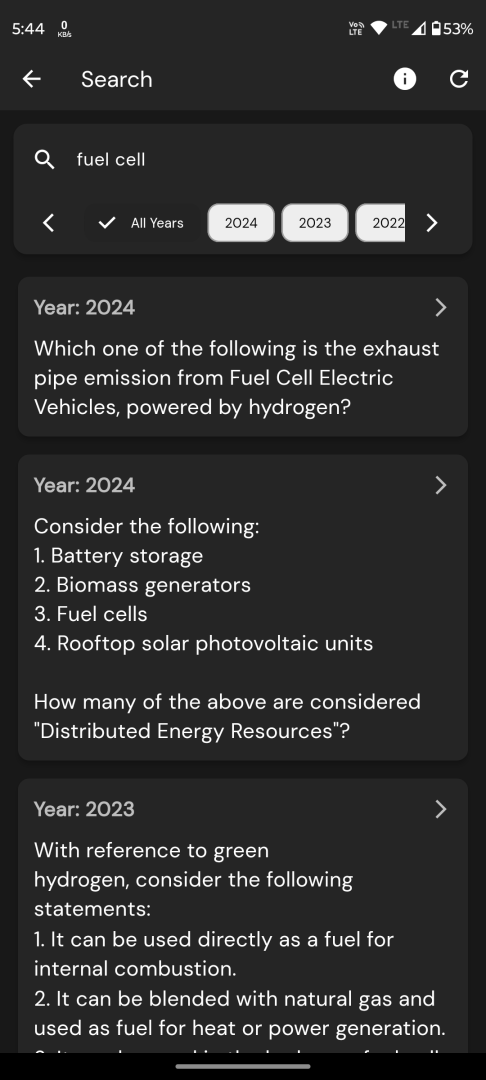Q. Among the following crops, which one is the most important anthropogenic source of both methane and nitrous oxide?
a) Cotton
b) Rice
c) Sugarcane
d) Wheat
Correct Answer: b) Rice
Question from UPSC Prelims 2022 GS Paper
Explanation :
Rice Cultivation: A Major Source of Greenhouse Gases
Rice cultivation is the most important anthropogenic source of both methane (CH4) and nitrous oxide (N2O) among the crops listed. The primary reason for this is the unique water management and soil conditions associated with paddy fields, where rice is typically grown.
Methane is a potent greenhouse gas with a global warming potential many times greater than that of carbon dioxide over a 100-year period. It is produced by anaerobic decomposition of organic matter in waterlogged soils, which is a common condition in rice paddies. When rice fields are flooded, oxygen levels in the water drop, creating an anaerobic environment that is conducive to the activity of methanogenic archaea, microorganisms that produce methane as a byproduct of their metabolism.
Role of Water Management in Methane Emission
Water management in rice paddies is a critical factor in methane emission. The flooding of fields leads to anaerobic conditions necessary for methanogenic archaea to thrive. These microorganisms are responsible for the production of methane in the absence of oxygen.
Nitrous Oxide Emissions from Rice Paddies
Nitrous oxide, another powerful greenhouse gas with a long atmospheric lifetime, is produced by the microbial processes of nitrification and denitrification in soils. These processes are influenced by factors such as soil type, temperature, moisture, and the availability of nitrogen from fertilizers. In rice paddies, the application of nitrogenous fertilizers and the alternating wet and dry conditions can enhance the production of nitrous oxide.
Comparing Greenhouse Gas Emissions from Different Crops
While other crops like wheat and sugarcane also contribute to greenhouse gas emissions, particularly when fertilizers are used, the waterlogged conditions specific to rice cultivation make it a more significant source of both methane and nitrous oxide. Cotton, on the other hand, is not typically associated with waterlogged conditions and therefore does not contribute as significantly to methane emissions, although it can be a source of nitrous oxide due to fertilizer use.





